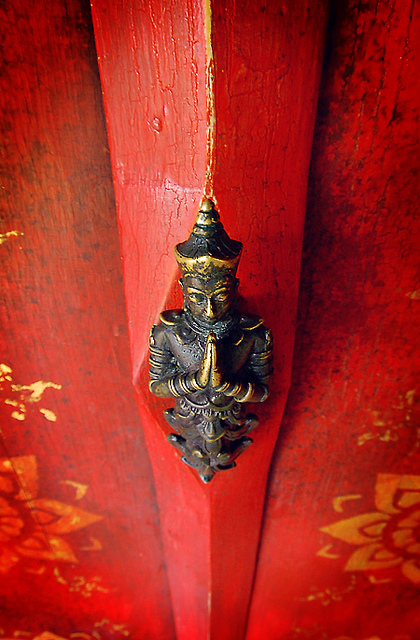As a mother, what I say every day—and how it reflects in my son as he listens—is what keeps me reflecting on awareness.
This is what I’ve learned:
How I say no, he learns to say no.
How I say yes, he learns to say yes.
How I say I love you, he learns to say I love you.
How I say please, he learns to say please.
And how I say thank you, he learns to say thank you.
Allow me to elaborate. When I say “how,” I mean “how I feel when I say every word.” This means if, when I say “I love you,” I feel joy, it is the vibration he tunes into. If, when I say “no,” I am upset, he learns to feel upset, instead of understanding why I am saying no. When I say “yes,” but I feel overwhelmed, he connects that emotion of exhaustion with the possibility of me saying yes—so perhaps if he exhausts me, I will say yes, when what I want to say is “not now.”
Confusing? Not if you have children. One of the first things that parents pay attention to and learn is that children become not what we say, but what we are.
A meditation arises from this truth.
It begs the question: How can we freely express every emotion with awareness? Why is that the awareness part is so important? Are children that aware of us?
How can we freely express every emotion? When we feel mad, when we feel sad, when we feel afraid or confused—which are all human emotions—and children are around, we have been taught to “pretend” carefully as to not affect our children negatively with adult drama. This makes sense; children, after all, have pure minds. But what happens with our vibrations? We now know that the heart beat syncs with other hearts that are in a close range. We also know that cellular activity functions with light, and that DNA communicates through electromagnetism. Science in the new millennium continues to explain what masters from different traditions and cultures recorded through their studies, that we are subatomic particles behaving like such, and vibrating as waves of sound. Appearing and disappearing, charged with positive and negative energy.
So what happens when we feel mad, and our energy is overly charged with negative energy, and suddenly our son asks us: are you okay? Think about it. Do you take a deep breath as you respond: I am okay, darling. Or do you burst into anger, as you say: I am okay, darling! You see? The emotion is still the same—you are mad. The words are the same, though they are saying the opposite of what you feel.
Awareness is to understand what your child is learning from these mixed elements. Will your child learn that being mad is being okay? Will he learn that being okay is when you are angry? Will he learn that you don’t really tell him how you feel?
Every parent has a personal intuition that develops through the journey of parenting. Nobody can teach us how to parent best. But we can teach each other to listen to the teacher within, to cultivate awareness and exercise equanimity, as we observe our emotions as they manifest in our breath, moment by moment. As this is the yogi path, we can safely say that eventually all emotions arise, and they also pass away, as a natural law.
It is to be understood as anicca. Everything is always changing.
This meditation benefits us perhaps in understanding how to honor how we feel and be honest about it, while remaining equanimous and aware of not doing any harm, as we go about the world feeling our feelings. Would you agree that a technique that can bring peace and real happiness—and liberate us from our suffering—is, indeed, what all parents wish for their children to learn?
There is a teaching. It is called Vipassana.
~
The following are daily words of the Buddha.
They are meant to inspire and invite contemplation. I receive these from Pariyatti.org every day. As far as what to do with them—well, listen and use what serves you and share what benefits others.
With metta:
Sutta Nipāta 1.143, 1.144, 1.145
Translated from the Pali by Thanissaro Bhikkhu
(Listen)
Karaṇīyamatthakusalena
yanta santaṃ padaṃ abhisamecca:
Sakko ujū ca suhujū ca,
sūvaco cassa mudu anatimānī,
santussako ca subharo ca,
appakicco ca sallahukavutti,
santindriyo ca nipako ca,
appagabbho kulesvananugiddho.
Na ca khuddamācare kiñci
yena viññū pare upavadeyyuṃ.
This is to be done by one skilled in aims
who wants to break through to the state of peace:
Be capable, upright, and straightforward,
easy to instruct, gentle, & not conceited,
content and easy to support,
with few duties, living lightly,
with peaceful faculties, masterful,
modest, and no greed for supporters.
Do not do the slightest thing
that the wise would later censure.











Read 0 comments and reply